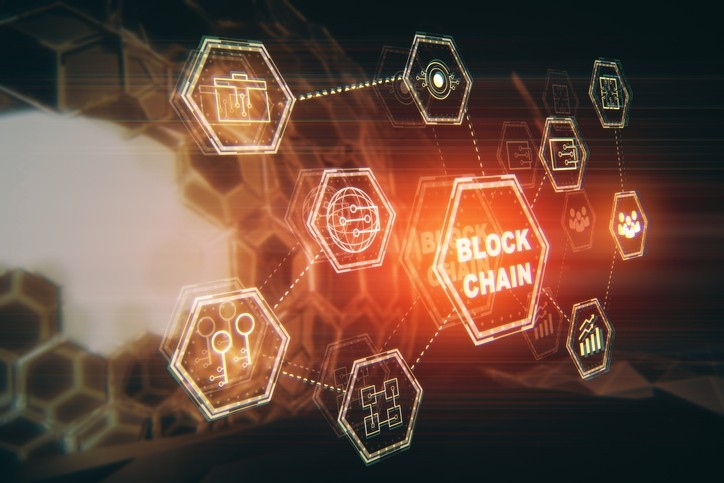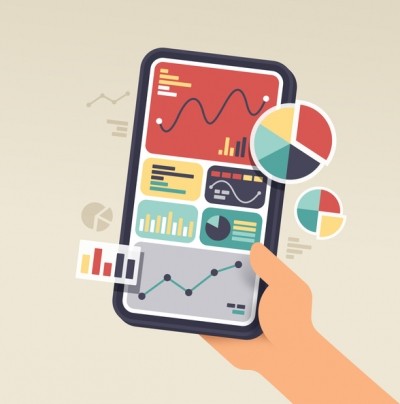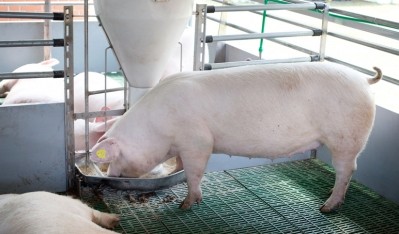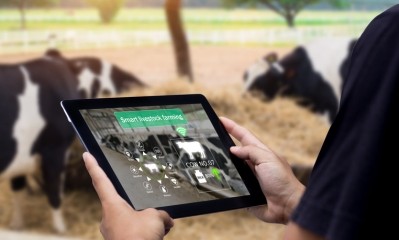Reports from IPPE
AgTech may boost feed traceability, improve ration formulation

Mike Banks, US poultry business manager, Alltech, presented on AgTech developments at the International Production and Processing Expo (IPPE) in Atlanta last week.
Part of his motivation to track AgTech innovation is about making sure that his team are on top of their game in relation to such technology, that they understand how equipment like sensors work, that they are up to speed on how artificial intelligence and predictive processing models function and how they might benefit the sector.
Several types of sensors are already used in poultry and animal production, said Banks.
However, while they may check mycotoxin levels or track poultry house humidity and temperature or note ammonia and nitrogen levels, the information gathered is not always integrated.
“It’s not farfetched to talk about sensors because we use them every day,” he said. “What we don’t have is a consistent connection to get the data that’s on the sensor mined for use in other information processes.”
Similarly, expanded use of systems like artificial intelligence or predictive processing could generate more information from technology already in use – like near-infrared (NIR) systems set to analyze feed ingredients, he said.
“We would know what the nutrient matrices of these ingredients would be, so then we could have a computer model, or logarithm, to formulate based on what we’re seeing with the sensors versus just what we’re seeing with data and wet chemistry.”
The combination could provide “a real-time, cost-effective” system for producers, said Banks.
There also could be benefits for producers formulating feeds for birds of several ages or cows in different stages of lactation as the nutrient or energy requirements changes, he said.
“Having the most recent data will help us to be most cost-effective – and when I say costs, I don’t always mean just dollars,” said Banks. “The cost of energy, the cost of protein, the cost of minerals – if we’re overdosing minerals and the birds can’t utilize it; it is going to go right into the excreta.”
The interaction of predictive processing and animal production practices also could be used to plan for management related adjustments in a facility to address variations in conditions, he said.
“The AI would be working with feed by doing real-time monitoring and analysis of it,” he said. “It’s not robots taking over, it’s not that at all – we’re just mimicking what we do already, and it’s just more consistent and more traceable.”
Blockchain, feed tracking
Use of blockchain can integrate information and track feed ingredients from initial production through exiting the feed mill, said Banks.
Blockchain could be used to establish and track every step for a feed ingredient, “going from the field, onto the truck, to the grain holding facility, back to a truck, to a feed mill, to a truck [and] to a farm,” he said.
It is already here, in some shape for form:
“We have electronic logs in trucks already, so we know who is driving what,” he added.
Also some producers track how far drivers travel and what other products are carried in the trucks that a company uses, Banks said.
“If I knew that a trucking company was going to haul ingredients that I was not allowed to do, I would not work with that trucking company.”
Blockchain brings control of data, he stressed.
“That’s one of the pieces about the blockchain that it’s not going to be a hindrance, it’s not going to be handcuffing us, it’s just going to help with accountability at the farm level,” he said.
There also could be a potential role for blockchain use in tracking feed ingredients that were not used for some reason, he said.
“We already track our incoming ingredients and it’s amazing how much stuff gets rejected,” said Banks. “We’re rejecting it because it doesn’t meet our standard, and it’s not going back on the boat to where it came from – it’s going down the road.”















